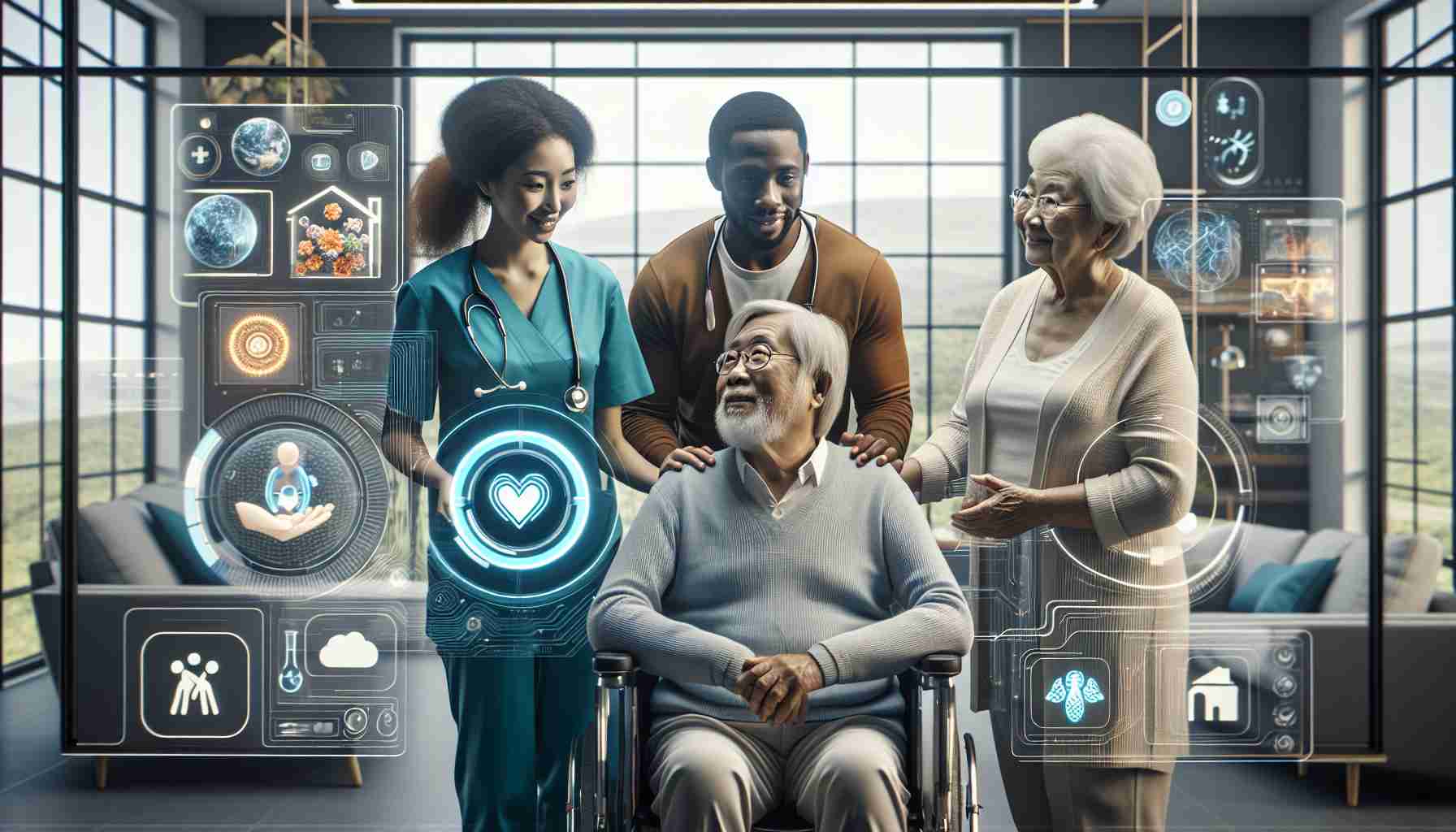Innovative Solutions for Aging Population
The recent showcase of advanced elder care technologies at the Shanghai International Elderly Care Aids and Rehabilitation Medical Expo marked a significant shift towards addressing the diverse needs of the elderly population. Rather than conforming to traditional practices, the focus has shifted towards vitality, assistive technologies, caregiving, and overall well-being.
A Holistic Approach to Elderly Care
Embracing a holistic approach, the new wave of elderly care solutions presented by various companies, including Haier, aims to tackle the pain points and requirements of the aging population. By honing in on health, bathroom facilities, sleep quality, and transportation, a comprehensive range of intelligent products and services are being introduced to enhance the quality of life for the elderly.
Empowering Communities with Smart Aging Solutions
Haier’s intelligent aging strategies encompass a wide array of services, from smart bathroom solutions to home healthcare and sleep improvement technologies. With a lineup of over 60 cutting-edge products in the fields of bathroom utilities, sleep aids, and home medical care, Haier’s goal is to elevate the quality of life for seniors through customized and user-friendly smart care scenarios.
Pioneering Smart Technologies for Elderly Well-being
Through innovative products like intelligent toilet lifters in bathrooms, real-time health monitoring platforms in bedrooms, and personalized healthcare solutions in living rooms, Haier is leading the charge in reshaping the landscape of elderly care. By integrating smart technologies and responsive caregiving approaches, Haier is set to transform the aging experience into a dynamic and enjoyable journey.
Driving Forward with Technological Advancements
With a focus on “smart technology shaping a vibrant life,” Haier is at the forefront of responding to the national call for intelligent aging solutions. By collaborating with industry experts and investing in research and development, Haier is dedicated to continuously enhancing the aging experience through state-of-the-art technologies and user-centric innovations.
Additional Relevant Facts:
– The use of robotics in elderly care is gaining popularity, with robots being developed to assist with tasks such as medication reminders, fall detection, and companionship.
– Telemedicine has become an essential tool in providing healthcare services to the elderly, especially in remote areas or during times of limited mobility.
– Virtual reality and augmented reality are being utilized for cognitive stimulation and mental health interventions in the elderly population.
– The concept of “aging in place” is being supported by smart home technologies that enable seniors to live independently for longer periods in their own homes.
Key Questions:
1. How can innovative technologies improve the social interaction and emotional well-being of elderly individuals?
2. What are the ethical considerations surrounding the use of artificial intelligence in elderly care?
3. How can policymakers and healthcare providers ensure equitable access to cutting-edge elderly care innovations for all segments of the population?
Key Challenges and Controversies:
– Privacy concerns related to the collection and sharing of personal health data in smart aging technologies.
– Resistance from older adults to adopt new technologies due to unfamiliarity or discomfort with digital devices.
– The potential for technology-driven care to depersonalize the caregiving experience and reduce human connections between seniors and caregivers.
Advantages:
– Improved quality of life for elderly individuals through personalized and efficient care solutions.
– Enhanced safety and security with the integration of smart monitoring and emergency response systems.
– Greater independence and autonomy for seniors, promoting active lifestyles and self-sufficiency.
Disadvantages:
– Cost barriers that may limit access to cutting-edge innovations for low-income or marginalized elderly populations.
– Potential technological glitches or malfunctions that could compromise the reliability of smart aging solutions.
– The risk of social isolation if technology overshadows traditional forms of social interaction and support.
Suggested Related Links:
– this Is the Haier Global Website
The source of the article is from the blog shakirabrasil.info
